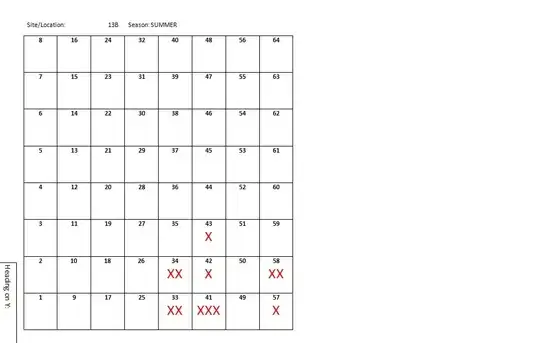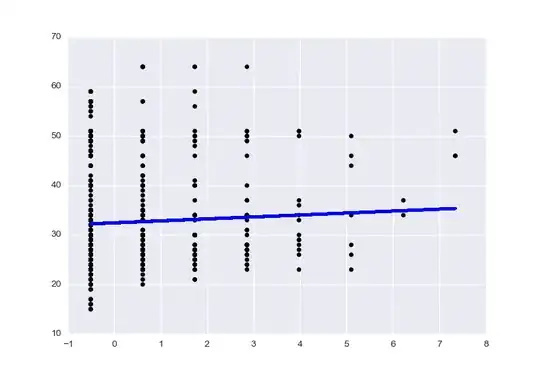As part of my research in astronomy (quasar magnitudes at various wavelengths), I've been producing graphs such as the following:

The bottom plot on each graph shows the distribution of the residuals for the top plot on the graph. I can see that in the first graph, the residuals seem to have a concave upwards trend, while in the bottom graph, they're pretty randomly distributed around 0. I feel that I should point this out in my written report, since I'm using OLS to determine the trend in the magnitudes, but since my research isn't actually about statistics, would it be enough that I say something like "I assumed homoscedasticity since visual inspection showed the residuals to be randomly distributed", or is this frowned upon by statisticians?
